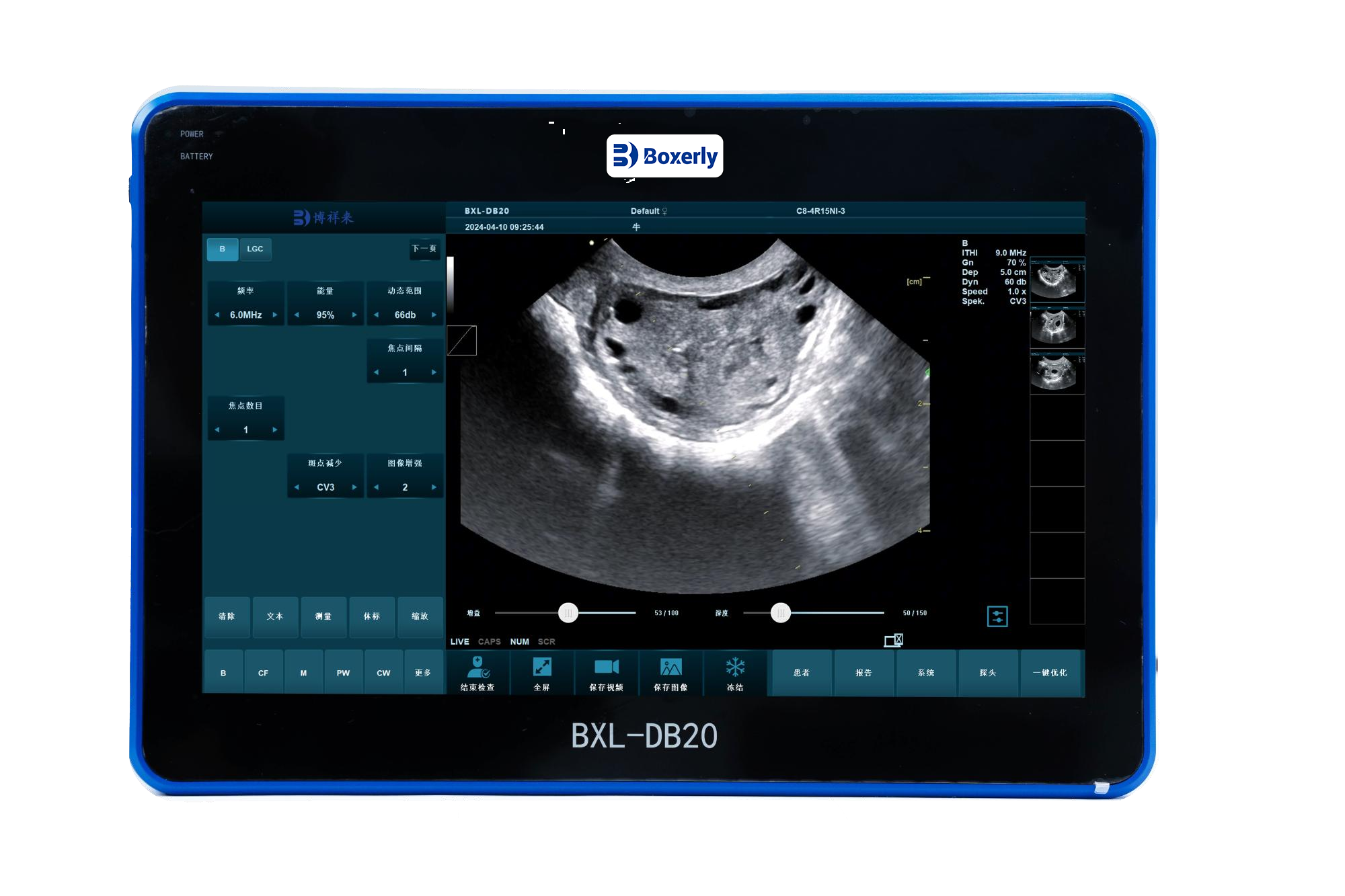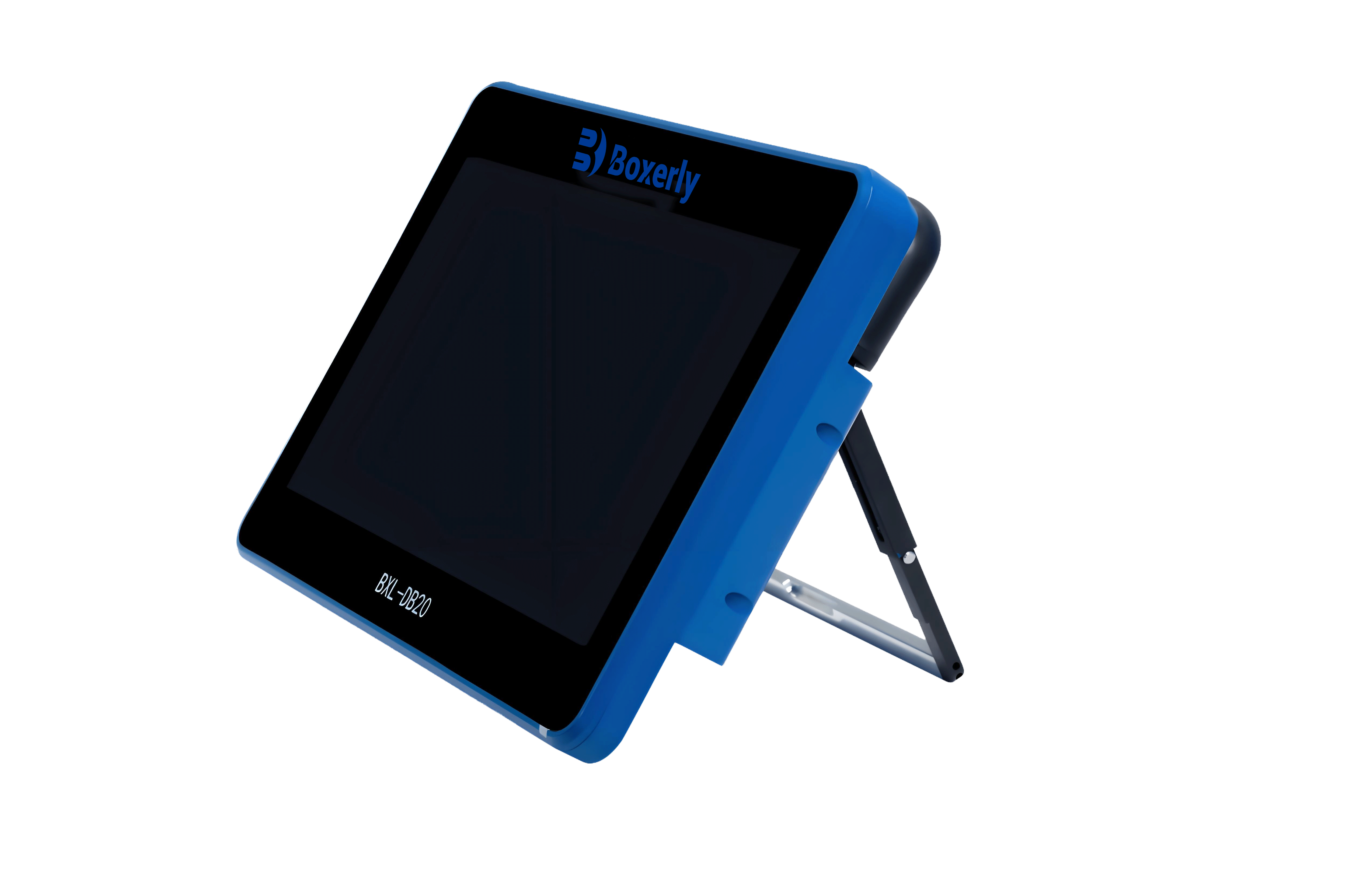The geometric position indication error of the veterinary B-ultrasound system refers to the accuracy of the veterinary B-ultrasound equipment in displaying and measuring the actual target size and distance. In practical applications, the longitudinal geometric position indication error and the transverse geometric position indication error are mainly measured. This technical parameter refers to the accuracy of measuring the size of lesions in animals, which involves the consistency of diagnosis and treatment. The factors affecting this accuracy are related to the sound velocity setting and the scanning regularity. The uniformity of the fan-shaped image is worse than the geometric position accuracy of the plane linear array scanning.


Veterinary B-ultrasound beam slice thickness, the sound beam slice thickness refers to the thickness of the linear array, convex array and phased array transducer in the direction perpendicular to the scanning plane. The thinner the slice. The clearer the veterinary B-ultrasound image, otherwise it will cause image compression. Produce artifacts. The slice thickness depends on the size and natural frequency of the chip in the short axis direction. Solution: Usually install a focusing acoustic lens in front of the chip and use focusing technology in the whole machine.
Veterinary B-ultrasound contrast resolution, contrast resolution refers to the minimum difference in echo amplitude that can be detected on the veterinary B-ultrasound image. The better the contrast resolution, the stronger the image layering, the richer the detail information, and the more delicate and soft the veterinary B-ultrasound image. The factors affecting this factor mainly depend on the bandwidth of the acoustic signal and the grayscale of the display circuit.
The blind area of veterinary B-ultrasound refers to the depth of the nearest echo target that can be identified by the veterinary B-ultrasound equipment. A small blind area is conducive to the detection of lesions close to the body surface. This performance mainly depends on the characteristics of the amplifier. In addition, reducing the amplitude of the transmitting pulse entering the amplifier and adjusting the amplifier time constant will also affect the size of the blind area. However, for the test of the transducer with a water bag, its blind area is meaningless.








